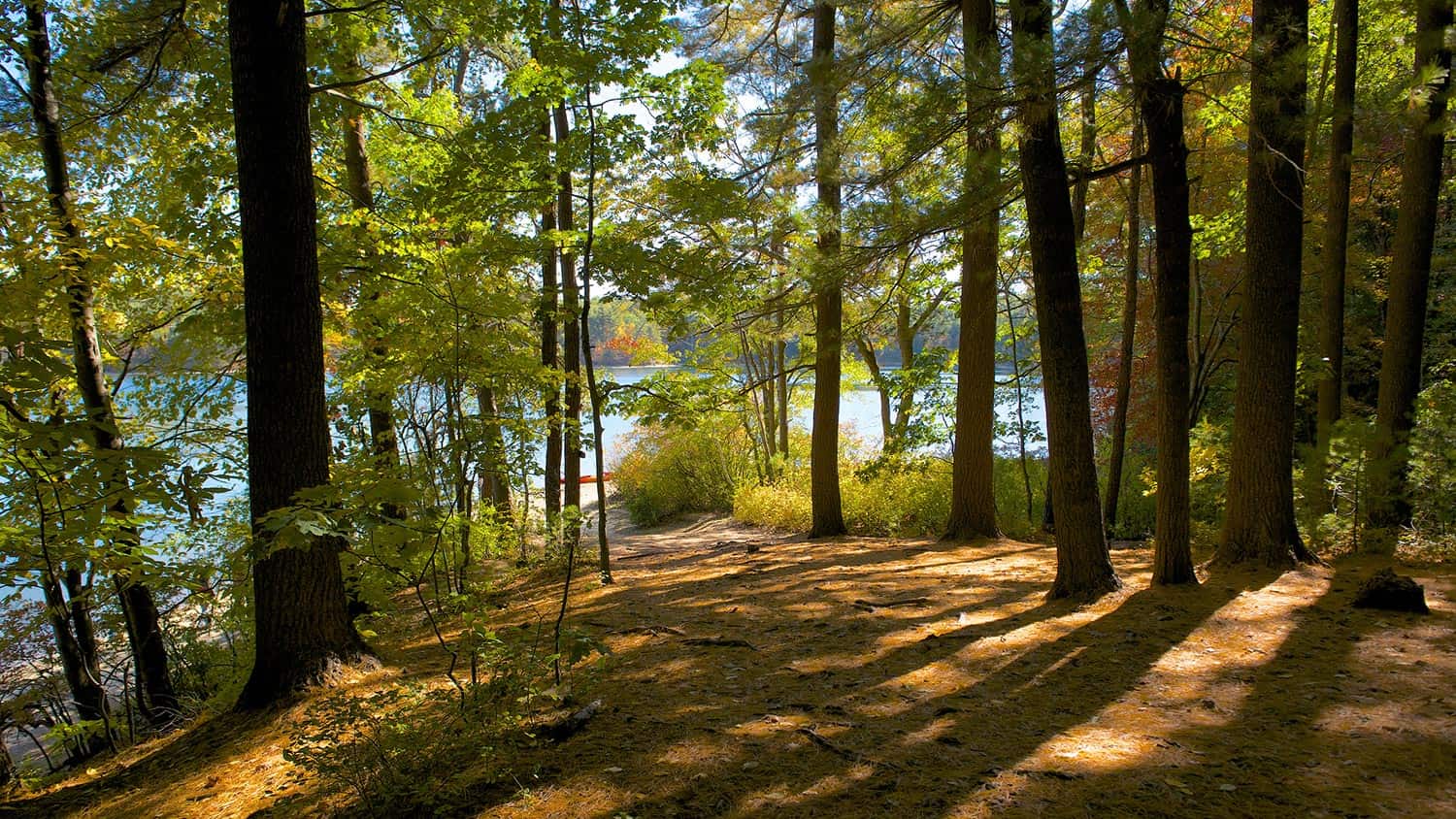Hiking at mt shasta – Hiking at Mt. Shasta offers an unparalleled adventure, from challenging climbs to breathtaking vistas. This majestic peak, a dormant volcano in Northern California, presents a diverse range of hiking experiences, catering to various skill levels. Whether you’re an experienced mountaineer or a casual hiker, Mt. Shasta’s trails provide stunning scenery, including alpine meadows, dense forests, and panoramic views that stretch for miles.
This guide explores the best trails, essential safety precautions, and practical tips for planning an unforgettable trip to this iconic landmark.
We’ll delve into the specifics of various trails, categorizing them by difficulty and highlighting their unique features. We’ll also cover crucial safety considerations, including gear, potential hazards, and a comprehensive checklist. Beyond the trails themselves, we’ll explore the rich natural environment of Mt. Shasta, its geological history, and the diverse flora and fauna that call it home. Finally, we’ll provide practical advice for planning your trip, including sample itineraries, packing lists, and permit information.
Mt. Shasta’s Natural Environment: Hiking At Mt Shasta
Mt. Shasta, a majestic stratovolcano in Northern California, boasts a remarkably diverse and vibrant natural environment. Its unique geological history and varied elevations support a wide range of ecosystems, from lush forests to alpine meadows, creating a haven for a rich array of flora and fauna. The area’s ecological significance is undeniable, demanding ongoing conservation efforts to protect this incredible natural treasure.
Mt. Shasta’s Flora and Fauna
The diverse habitats found on and around Mt. Shasta support a remarkable variety of plant and animal life. The lower elevations are characterized by forests, while higher altitudes transition into subalpine and alpine zones. This creates a mosaic of ecosystems, each with its own unique inhabitants.
- Flora: The lower slopes are dominated by coniferous forests, including ponderosa pine, Douglas fir, and Shasta red fir. Higher up, one finds mountain hemlock and whitebark pine, clinging to life in harsh conditions. Subalpine meadows bloom with wildflowers such as lupine, paintbrush, and avalanche lilies during the summer months. The unique volcanic soils support specialized plant communities adapted to nutrient-poor conditions.
- Fauna: Mammals inhabiting the Mt. Shasta area include black bears, deer, mountain lions, and various smaller mammals like marmots and pikas. Birdlife is abundant, with species ranging from migratory songbirds to resident raptors like golden eagles and peregrine falcons. The area also supports diverse amphibian and reptile populations, reflecting the variety of habitats present. Streams and rivers are home to fish such as rainbow trout.
Geological Formations and History, Hiking at mt shasta
Mt. Shasta’s imposing presence is a testament to its volcanic origins. It’s a composite volcano, formed over hundreds of thousands of years by successive eruptions of lava, ash, and other volcanic materials. The mountain’s four prominent peaks – Shastina, Black Butte, Little Shasta, and the main summit – represent different stages of volcanic activity. Glacial activity has also significantly shaped the landscape, carving out valleys and leaving behind moraines and other glacial features.
The mountain’s unique geological history has created a variety of landforms, including lava flows, cinder cones, and extensive volcanic deposits. Evidence of past eruptions can still be seen in the form of exposed volcanic rock formations and ash deposits.
Ecological Significance and Conservation
Mt. Shasta and its surrounding area are ecologically significant for their biodiversity and the role they play in regional water cycles. The mountain acts as a crucial watershed, providing water for numerous streams and rivers that support downstream ecosystems and human communities. The diverse habitats support a wide array of species, many of which are sensitive to environmental change.
Conservation efforts are focused on protecting the integrity of these ecosystems through measures such as habitat preservation, responsible recreation management, and monitoring of water quality. Organizations and government agencies work collaboratively to ensure the long-term health of this vital ecosystem. For example, the Shasta-Trinity National Forest plays a crucial role in managing and protecting the area’s natural resources.
Conquering Mt. Shasta, whether through a challenging summit attempt or a leisurely stroll through its lower trails, is a rewarding experience. Remember that proper planning and preparation are key to a safe and enjoyable adventure. By understanding the unique challenges and rewards of hiking Mt. Shasta, and by heeding the safety advice provided, you can create memories that will last a lifetime.
So pack your bags, check your gear, and prepare to be awestruck by the beauty and majesty of Mt. Shasta.
Clarifying Questions
What’s the best time of year to hike Mt. Shasta?
Summer (July-September) offers the best weather, but trails can be crowded. Spring and fall can be pleasant, but be prepared for variable conditions.
Are there any permits required for hiking Mt. Shasta?
Permits may be required depending on the trail and time of year. Check with the local authorities or park service for the most up-to-date information.
What should I do if I encounter wildlife on the trail?
Maintain a safe distance, never approach or feed animals. Carry bear spray and know how to use it.
How can I prepare for altitude sickness?
Ascend gradually, stay hydrated, and listen to your body. Consider acclimatizing at lower elevations before attempting higher trails.
Enhance your insight with the methods and methods of hiking sling bag.


